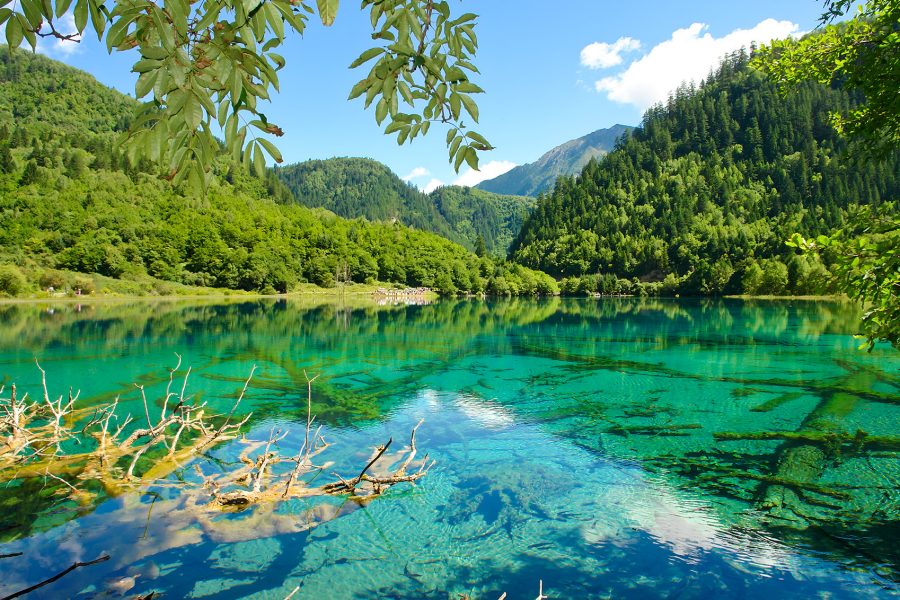I wake up just after 6am, a little hazy after a long day of travelling. I step onto the balcony to get some fresh air – and find myself immersed in a landscape painting. Small villages built along the gentle slopes of emerald green hills; clouds in the shapes of mythical creatures – a phoenix and a dragon – dancing on top of the nearby mountains, their tails draped around the stark peaks.
This is Jiuzhaigou in northern Sichuan province, on the eastern edge of the Qinghai-Tibet Plateau, about 2,400 metres above sea level. For the next few days, I’m based at Rissai Valley, a Ritz-Carlton Reserve – the newest property in a collection of intimate luxury resorts tucked away in remote corners of the world. A 20-minute drive from the Jiuzhaigou National Park, Rissai Valley and its idyllic surroundings are the perfect amuse-bouche to the feast of natural wonders awaiting at this Unesco World Heritage Site and World Biosphere Reserve.
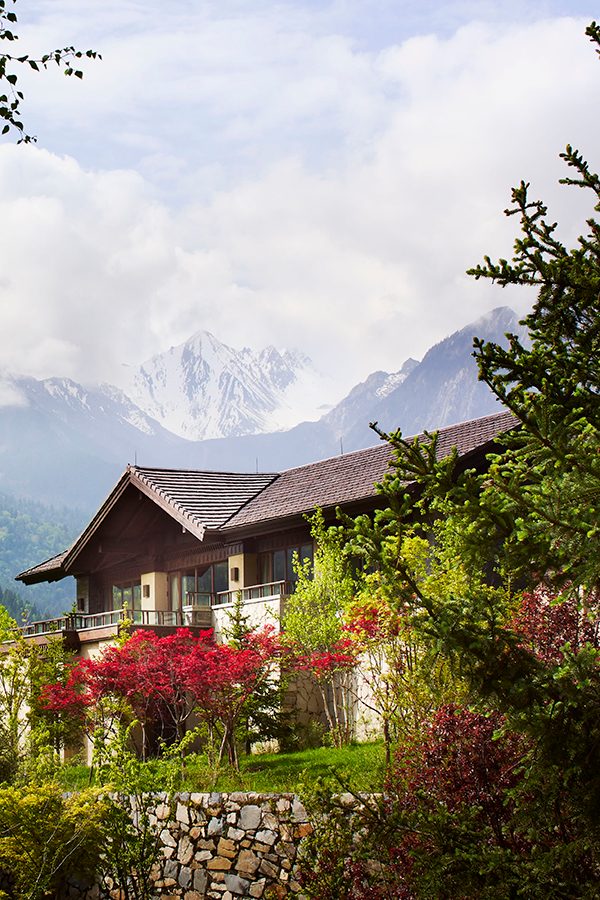
Credit: Christopher Cypert
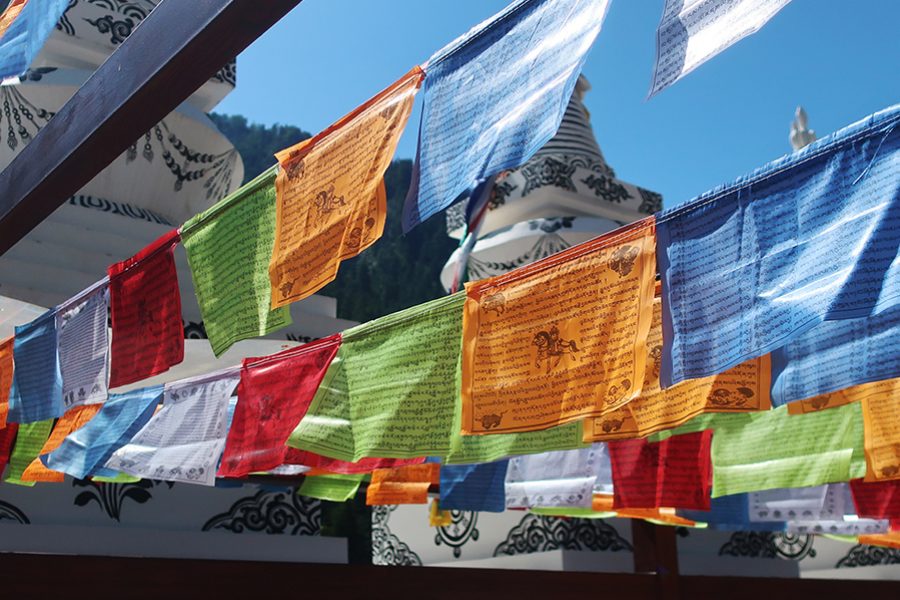
Credit: Dominic Ngai
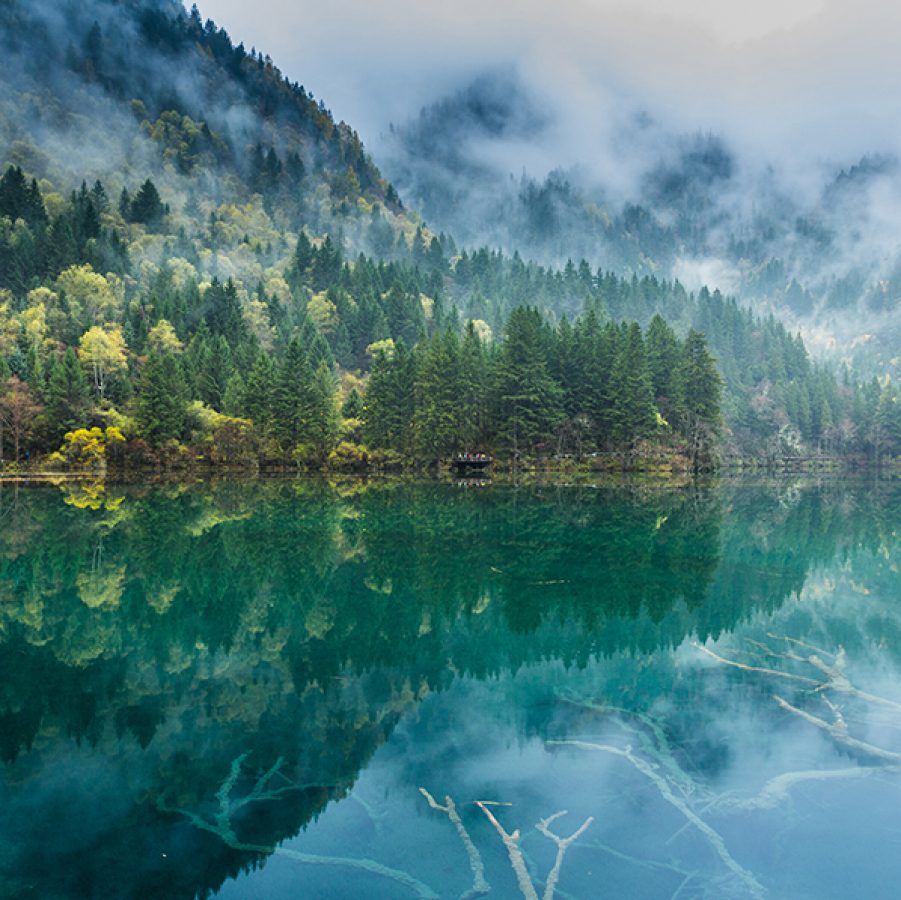
Credit: Getty Images
Heavenly sights in a primeval forest
After breakfast I arrive at the entrance of the national park, and a sense of worry builds as I approach the ticket desk. Will the park be so crowded that I’ll only be seeing the sights from the phone screen of a selfie stick-wielding tourist? Will the sights live up to the hype my friends and the guidebooks have given them?
Jiuzhaigou, or the “valley of nine villages”, is named for the ancient Tibetan and Qiang settlements which sit in this 72,000-hectare national park. Arranged in a Y-shape, the Jiuzhaigou park consists of three sections: the 14km Shuzheng Valley main straight down the middle, and the 18km Zechawa Valley and 16km Rize Valley branching off to the left and right. Visitors start from the entrance at the bottom of the Y, where park-run shuttles will transport you from the bus stop to all the scenic areas.
To see as much of Jiuzhaigou as possible, I pay an extra ¥210 to join a “VIP tour”, where about a dozen tourists and I are assigned a guide and a driver, who then takes us to all the sights along the three valleys within seven hours. As our minibus sets off, our guide Xiao Tang says in Sichuan-accented Putonghua: “On behalf of the mountains and lakes, I’d like to welcome you to Jiuzhaigou.” This deep respect for nature runs through the blood of every Jiuzhaigou native I encounter.
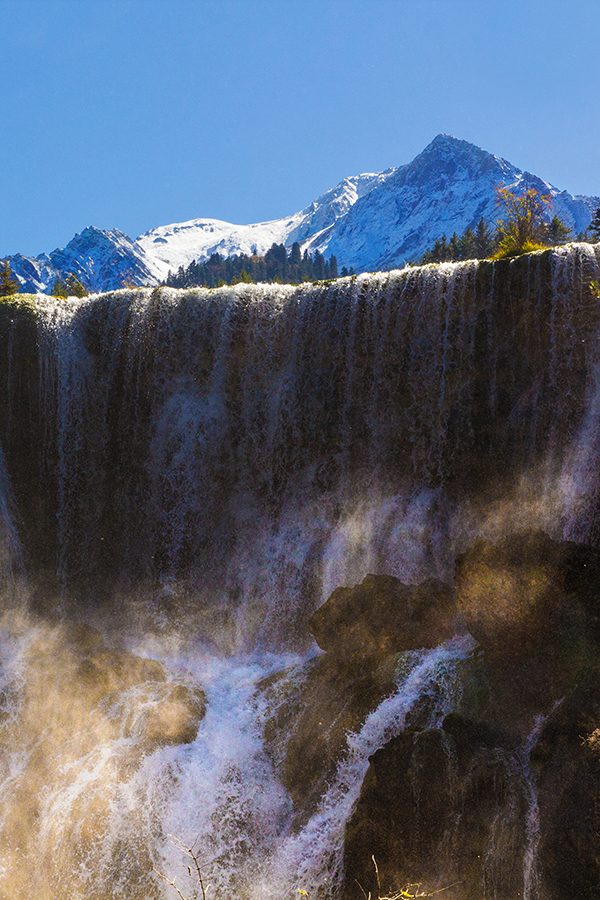
Credit: Getty Images
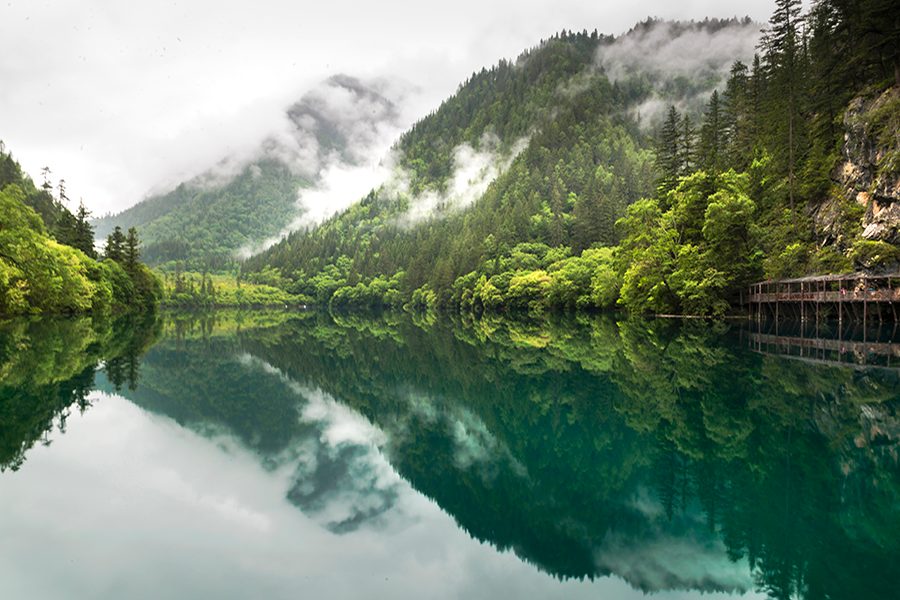
Credit: Getty Images
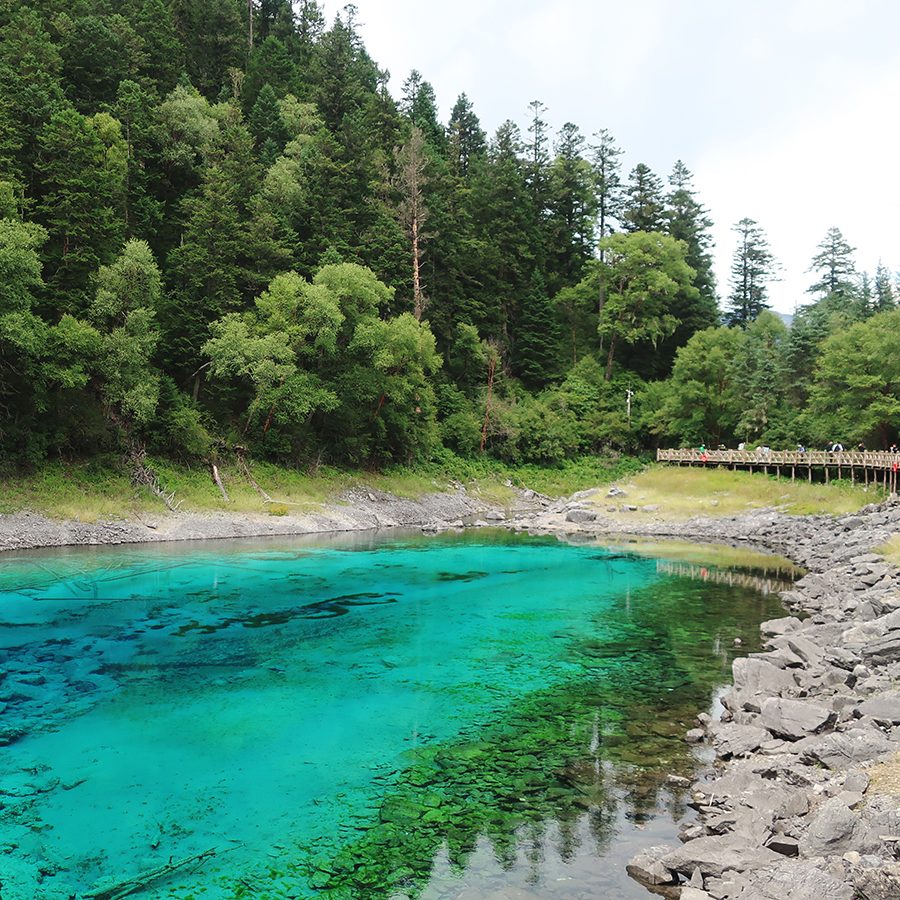
Credit: Dominic Ngai
One of the first sights we pass by is the Rhinoceros Lake, the second-largest body of water in Jiuzhaigou. Its beautiful turquoise surface draws me in. “Jiuzhaigou’s landscape is made up of karsts formed by millennia of glacial and tectonic activity,” Tang explains. “Our lakes have a high concentration of calcium carbonate, which is why the water is so blue.”
It’s a little murkier today than it has been in the past. A magnitude 7.0 earthquake hit Jiuzhaigou in August 2017. It didn’t have much of an effect to the eye – but under the surface, there was major damage. The national park was shut for repairs after the quake, and reopened in phases from March 2018. Between late 2017 and November 2020, the Sichuan government invested more than ¥3 billion (US$411 million) to repair the devastation across Jiuzhaigou county. The park didn’t fully reopen until September 2021.
Taking the time to protect this paradise was worth it, though the effects are still felt. “After yesterday’s heavy rainfall, sediments have been washed down from the mountains and into the lake. This is one of the after-effects of the earthquake, which caused the water flow to change,” says Tang. “But after a few days, the water will return to normal – that’s the wonder of nature.”
We arrive at the Nuorilang Waterfall. At 320 metres wide, it’s the country’s widest highland waterfall. More impressive, though, is the Pearl Shoal. The 112-metre-wide, 189-metre-long gentle slope is a sheet of flowing water, with gaps between the rocks of the slope forming spots that glisten like thousands of pearls under the sun. The water runs down to the Pearl Shoal Waterfall, made famous by the 1986 TV adaptation of Journey to the West. Today, visitors can rent costumes of the main characters from merchants on the crowded viewing platform and have their photos taken. A clever business idea, but perhaps a distraction to those who just want to appreciate the scenery.
As our group breaks for lunch, I follow a well-marked boardwalk and go on a solo trek to the Mirror Lake, which we had driven by earlier.
“You guys are lucky,” Tang had told our group as we pointed our cameras at the lake, which was busy casting reflections of the sky and mountains on its surface. “The wind is mild, and the water is calm. This usually only happens early in the morning.”
With clear blue skies, pine trees for miles in all directions and the tranquil lake as the backdrop, I enjoy an impromptu picnic and a moment of peace that only belongs to me.

Coloured lakes and vibrant scenery
After lunch, we’re off to Long Lake at the end of the Zechawa Valley. Standing at 3,100m above sea level, this is the highest, largest and deepest body of water in Jiuzhaigou. It’s bluer and clearer than any other lake, perhaps because the water is collected from the snowmelt of the surrounding karst peaks. A short walk away, Long Lake’s sapphire-blue daughter, the Five-Colour Pond, sits peacefully next to her mother, showing off an underwater landscape beneath her translucent turquoise surface.
Up in Rize Valley, nature’s palette grows even more vibrant. There’s the Arrow Bamboo Lake, best known as the backdrop for an iconic scene in Zhang Yimou’s martial arts film Hero. You’ll find more than 50 shades of green in the shallow waters of Five-Flower Lake, which gets its vivid peacock hues from the sun, algae and travertine limestone deposits. This chameleon changes its look based on the season, weather and time of day, and is one of the park’s most popular features.
Seven hours and 26,000 steps later, I’m back at the Rissai Valley by sunset. On the balcony of my villa, I’m devouring a delicious fried rice dish made with local mushrooms. When I look up, the animal-shaped clouds that dance around the surrounding mountains roll in for their evening show. I spot the phoenix again, with its unmistakable widespread wings and fiery tail. A symbol of rebirth and renewal, of nature’s immortality, of Jiuzhaigou’s renaissance.
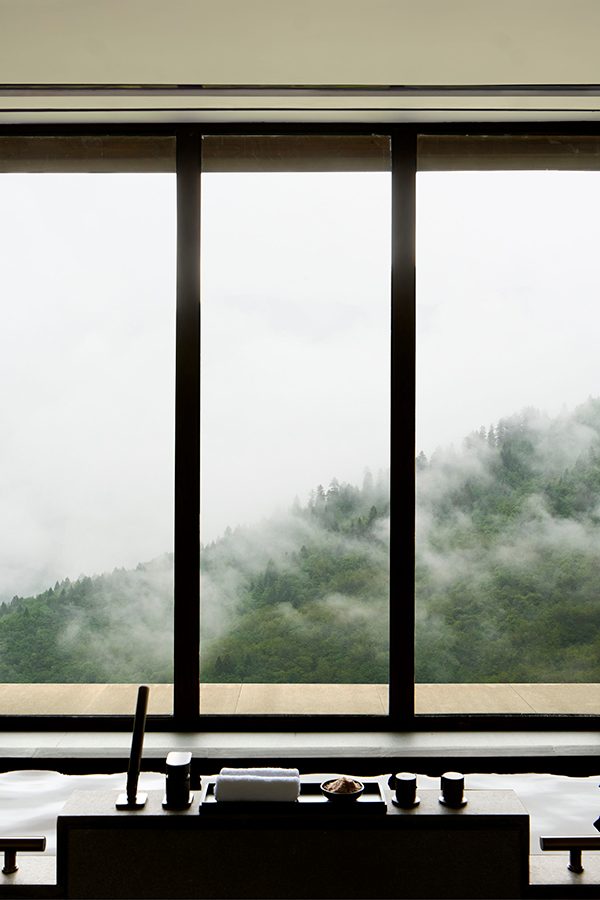
Credit: Christopher Cypert
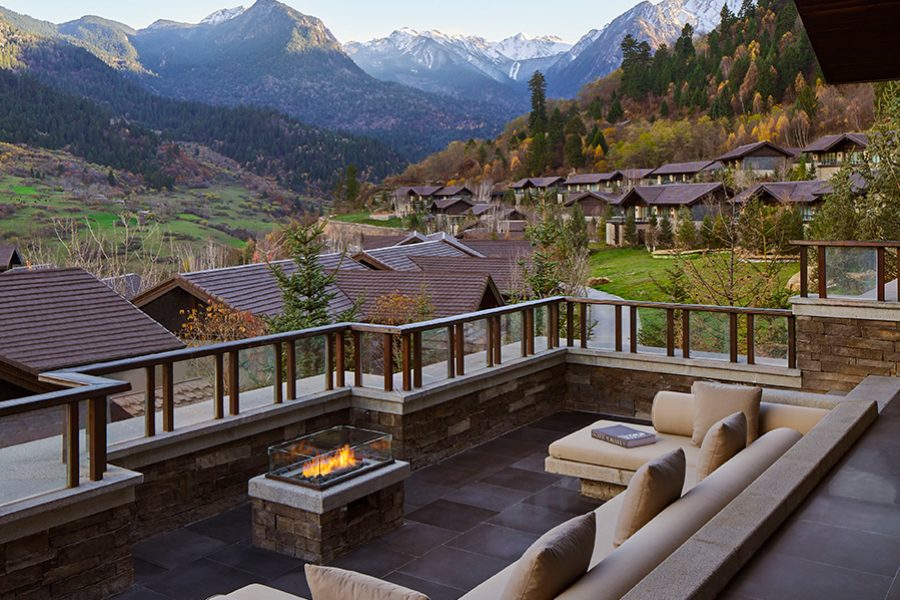
Credit: Christopher Cypert
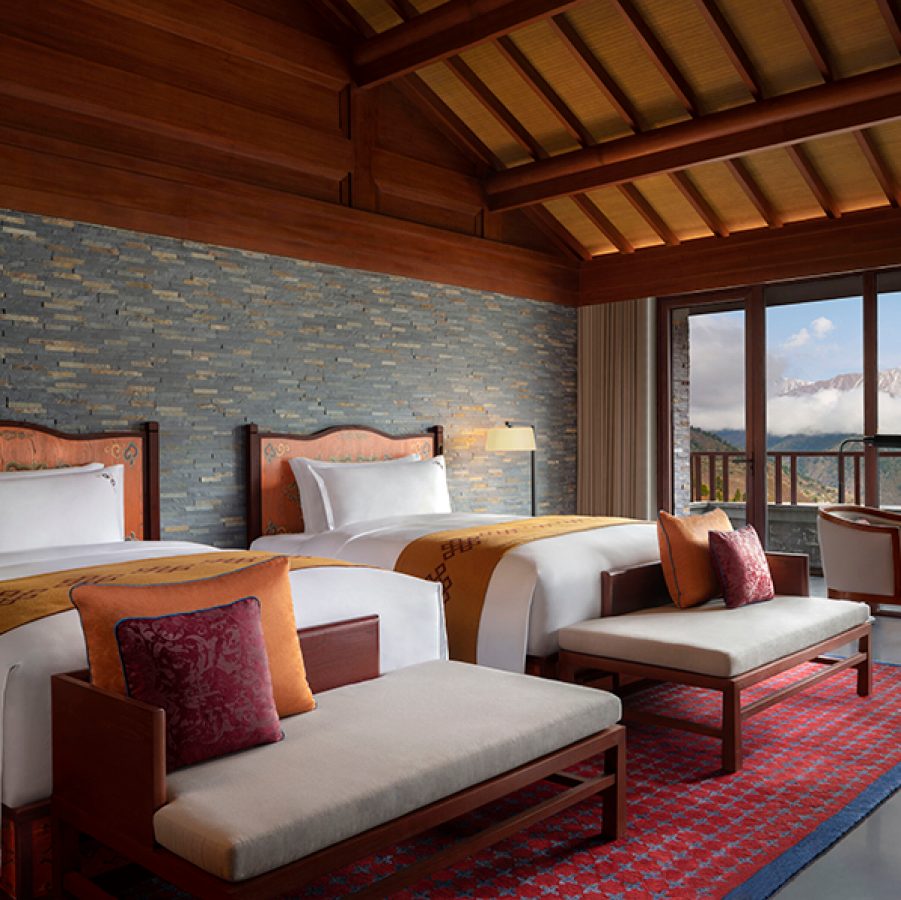
Credit: Christopher Cypert
Where to stay at Jiuzhaigou
Rissai Valley, a Ritz-Carlton Reserve , opened earlier this year: the first in China. It comprises 87 standalone villas with interiors designed by starchitect Jaya Ibrahim and panoramic views of the Min mountain range, nearby forests and Tibetan villages. A dedicated host, or Nieba, is assigned to each villa to ensure a seamless experience and to introduce guests to Tibetan culture. There are four places to eat and drink, including the refined Sichuan restaurant Cai Lin Xuan, which serves locally sourced delights. The Rissai Spa is the perfect place to relax and unwind, with treatments inspired by Tibetan healing practices.
How to get to Jiuzhaigou
Jiuzhaigou is 430km from Chengdu by road. There are daily flights between Jiuzhai Huanglong Airport and Chengdu, and the flight time is about an hour. From the Xinnanmen Bus Station, you can also take a long-distance coach to Jiuzhaigou. During peak season (1 April–15 November), entry tickets for the national park are ¥190, and bus tickets are ¥90. During off-peak season (16 November–31 March), entry and bus tickets are both ¥80.
More inspiration
Chengdu travel information
- China – the Chinese Mainland, Hong Kong SAR, Macao SAR and Taiwan Region
- Hong Kong SAR - English
- Chinese Mainland (China) - English
- Taiwan, China - English
- 香港特別行政區 - 繁體中文
- 中国內地 - 简体中文
- 中國台灣 - 繁體中文
- Africa
- South Africa - English
- Asia
- Bangladesh - English
- Korea - English
- Singapore - English
- Cambodia - English
- 한국 - 한국어
- Sri Lanka - English
- India - English
- Malaysia - English
- Thailand - English
- Indonesia - English
- Maldives - English
- ประเทศไทย - ภาษาไทย
- Indonesia - Bahasa Indonesia
- Myanmar - English
- Vietnam - English
- Japan - English
- Nepal - English
- Việt Nam - tiếng Việt
- 日本 - 日本語
- Philippines - English
- Australasia
- Australia - English
- New Zealand - English
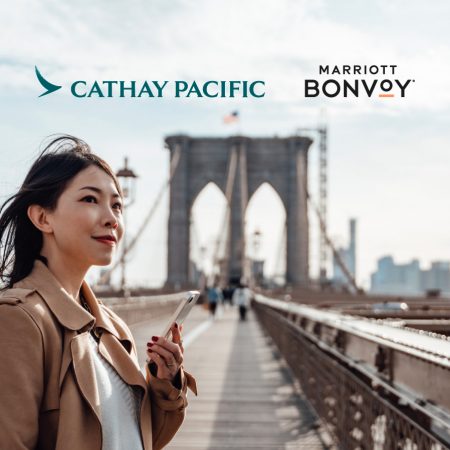
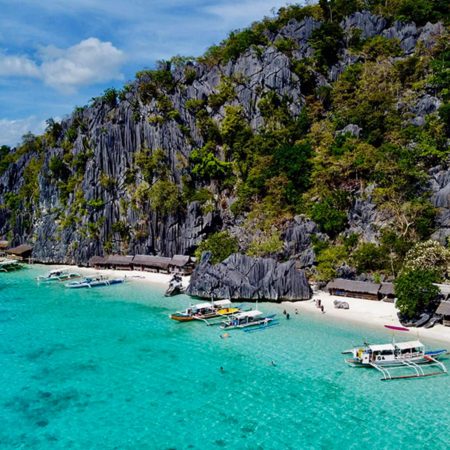




.renditionimage.450.450.jpg)


